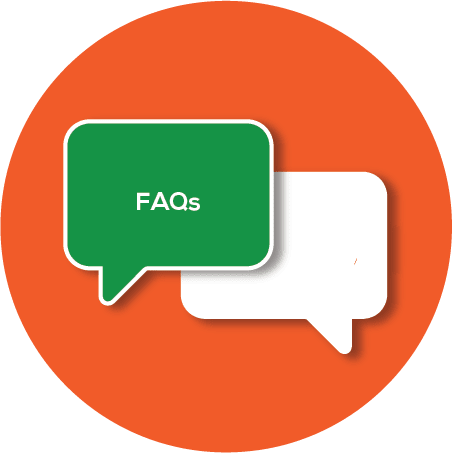Nebracin-DM Ophthalmic Solution
DEXAMETHASONE + TOBRAMYCIN
Please ensure that NebracinDM Ophthalmic Solution is used only in the affected eye following the dosage and duration recommended by your doctor Prior to usage remember to wash your hands Take the time to read the directions on the label before applying the solution It is important to complete the full course of treatment even if you start feeling better and avoid skipping any doses Discontinuing the medication prematurely may result in the infection returning or worsening Common side effects of NebracinDM Ophthalmic Solution include discomfort irritation and a burning sensation at the site of application If any of these side effects persist for an extended period it is advisable to inform your doctor If accidentally applied to the ears nose or mouth promptly rinse the affected area with water Notify your doctor if you are pregnant breastfeeding allergic to this medication or taking any other medications It is recommended to avoid driving or operating heavy machinery after using this medicine as it may cause blurred vision and impair your ability to drive

Is betamethasone an antibiotic?
This product contains betamethasone valerate, a medium-strength anti-inflammatory corticosteroid that helps reduce swelling, redness, and itching. It also contains gentamicin, an aminoglycoside antibiotic that works by stopping the growth of bacteria. This medication treats only bacterial skin infections.

What can I do if I accidentally apply excess of Chlorosun DM?
In case you use excess of Chlorosun DM, wash your eyes with plenty of water. If irritation persists, inform your doctor immediately.

Is ciprofloxacin a penicillin?
Tetracyclines (e.g. doxycycline), quinolones (e.g. ciprofloxacin), macrolides (e.g. clarithromycin), aminoglycosides (e.g. gentamicin) and glycopeptides (e.g. vancomycin) are all unrelated to penicillins and are safe to use in the penicillin allergic patient.

How long does ciprofloxacin ear drops take to work?
The drops will start to work straight away but it may take 2–3 days before your child starts to feel better. It is important that you give the whole course of drops that your doctor has prescribed, even when your child feels better.










.svg)
